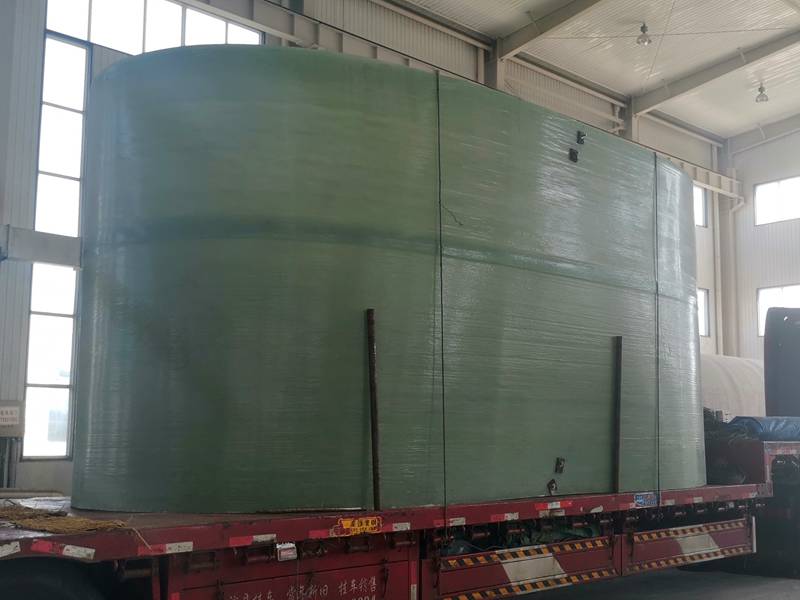
-
 Afrikaans
Afrikaans -
 Albanian
Albanian -
 Amharic
Amharic -
 Arabic
Arabic -
 Armenian
Armenian -
 Azerbaijani
Azerbaijani -
 Basque
Basque -
 Belarusian
Belarusian -
 Bengali
Bengali -
 Bosnian
Bosnian -
 Bulgarian
Bulgarian -
 Catalan
Catalan -
 Cebuano
Cebuano -
 China
China -
 China (Taiwan)
China (Taiwan) -
 Corsican
Corsican -
 Croatian
Croatian -
 Czech
Czech -
 Danish
Danish -
 Dutch
Dutch -
 English
English -
 Esperanto
Esperanto -
 Estonian
Estonian -
 Finnish
Finnish -
 French
French -
 Frisian
Frisian -
 Galician
Galician -
 Georgian
Georgian -
 German
German -
 Greek
Greek -
 Gujarati
Gujarati -
 Haitian Creole
Haitian Creole -
 hausa
hausa -
 hawaiian
hawaiian -
 Hebrew
Hebrew -
 Hindi
Hindi -
 Miao
Miao -
 Hungarian
Hungarian -
 Icelandic
Icelandic -
 igbo
igbo -
 Indonesian
Indonesian -
 irish
irish -
 Italian
Italian -
 Japanese
Japanese -
 Javanese
Javanese -
 Kannada
Kannada -
 kazakh
kazakh -
 Khmer
Khmer -
 Rwandese
Rwandese -
 Korean
Korean -
 Kurdish
Kurdish -
 Kyrgyz
Kyrgyz -
 Lao
Lao -
 Latin
Latin -
 Latvian
Latvian -
 Lithuanian
Lithuanian -
 Luxembourgish
Luxembourgish -
 Macedonian
Macedonian -
 Malgashi
Malgashi -
 Malay
Malay -
 Malayalam
Malayalam -
 Maltese
Maltese -
 Maori
Maori -
 Marathi
Marathi -
 Mongolian
Mongolian -
 Myanmar
Myanmar -
 Nepali
Nepali -
 Norwegian
Norwegian -
 Norwegian
Norwegian -
 Occitan
Occitan -
 Pashto
Pashto -
 Persian
Persian -
 Polish
Polish -
 Portuguese
Portuguese -
 Punjabi
Punjabi -
 Romanian
Romanian -
 Russian
Russian -
 Samoan
Samoan -
 Scottish Gaelic
Scottish Gaelic -
 Serbian
Serbian -
 Sesotho
Sesotho -
 Shona
Shona -
 Sindhi
Sindhi -
 Sinhala
Sinhala -
 Slovak
Slovak -
 Slovenian
Slovenian -
 Somali
Somali -
 Spanish
Spanish -
 Sundanese
Sundanese -
 Swahili
Swahili -
 Swedish
Swedish -
 Tagalog
Tagalog -
 Tajik
Tajik -
 Tamil
Tamil -
 Tatar
Tatar -
 Telugu
Telugu -
 Thai
Thai -
 Turkish
Turkish -
 Turkmen
Turkmen -
 Ukrainian
Ukrainian -
 Urdu
Urdu -
 Uighur
Uighur -
 Uzbek
Uzbek -
 Vietnamese
Vietnamese -
 Welsh
Welsh -
 Bantu
Bantu -
 Yiddish
Yiddish -
 Yoruba
Yoruba -
 Zulu
Zulu
fiberglass clarifier system for efficient water treatment and solid
Fiberglass Clarifier System for Efficient Water Treatment and Solid Separation
In the quest for efficient water treatment, the fiberglass clarifier system has emerged as a prominent solution. This innovative technology is designed to enhance the separation of solids from liquids, thus ensuring cleaner water and mitigating environmental impacts. Its applications range from industrial wastewater management to municipal water treatment facilities, making it a versatile choice for a variety of settings.
Fiberglass clarifiers utilize the principles of gravity sedimentation, where particles suspended in water are allowed to settle out, forming a sludge layer at the bottom. The lightweight nature of fiberglass not only makes the system easy to install and maintain but also enhances its durability against corrosive environments typically found in wastewater treatment. This is particularly important as traditional materials can degrade over time, leading to increased maintenance costs and downtime.
One of the significant advantages of fiberglass clarifiers is their design flexibility. These systems can be custom-engineered to fit specific site conditions and water treatment needs, allowing for efficient space utilization. The design can also be optimized for various flow rates and sedimentation requirements, making them suitable for a wide array of applications, from small-scale operations to large municipal plants.
fiberglass clarifier system for efficient water treatment and solid

Moreover, fiberglass clarifiers contribute to sustainability efforts by improving the efficiency of water treatment processes. By effectively removing suspended solids, they enhance the overall quality of the treated effluent, which not only meets regulatory standards but also prepares water for potential reuse. This not only conserves water resources but also reduces the strain on natural water bodies.
In addition to their operational benefits, fiberglass clarifiers are also associated with cost savings. Their sealed systems minimize the risk of contamination, thus reducing the need for additional chemical treatments. Furthermore, the long-lasting nature of fiberglass components means lower replacement and repair costs over time.
In conclusion, fiberglass clarifier systems represent a significant advancement in water treatment technology. Their efficiency in solid separation, combined with durability, flexibility, and sustainability, makes them an essential component in modern water management practices. As industries and municipalities continue to strive for improved environmental practices, the adoption of fiberglass clarifiers will likely play a crucial role in the future of water treatment solutions.









